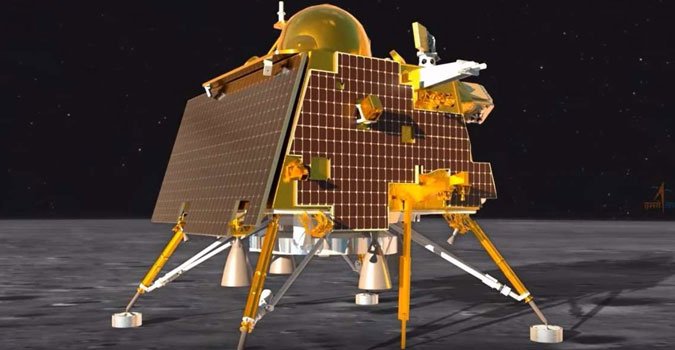Millions witnessed the Indian moon landing with Chandrayaan-3, celebrating its budget-friendly success. India’s cost-effective space exploration made it the first nation to land on the lunar south pole.
As first moon landing. In 1969, American astronauts Neil Armstrong and Edwin Aldrin etched their names in history as the first humans to set foot on the moon, amidst global cheers and hope. This scene was revisited with India’s recent lunar landing.
The launch of Chandrayaan-3, India’s lunar mission, drew thunderous applause as it softly touched down on the moon’s south pole. The jubilation was palpable, with Indian Space Research Organisation (ISRO) scientists basking in a momentous achievement. Schools erupted in dance, and civilians hosted grand feasts on August 23 to mark India’s lunar success.
While not the first lunar landing, it was a remarkable feat for a developing nation like India. The moon race traces back to the 1950s when the Soviets launched Sputnik 1, followed by the United States. Yuri Gagarin and Alan Shepard pioneered human spaceflight. Subsequently, NASA aimed for a moon landing.
ISRO’s budget-friendly approach to space exploration has garnered praise. Their missions cost less than Hollywood sci-fi films, with Chandrayaan-3’s $75 million budget cheaper than Interstellar and Gravity. India’s success extended to exploring the lunar south pole, an area overlooked by others.
ISRO’s efficiency stems from reusing technical components, self-manufacturing, and lower labor costs. In contrast, the US spent billions on space activities, with NASA’s budget surpassing $40 billion.
Pakistan aspires to join the space race but faces economic constraints and lacks indigenous technology. Pakistan’s space research lags due to limited investment and a focus on defense and agriculture. Collaboration with experts and investment in scientists and engineers are essential for self-reliant space programs.
India’s Chandrayaan-3 represents a political challenge for Pakistan, highlighting regional rivalry. While Pakistan lauds India’s moon landing, officials are concerned about its geopolitical implications.
Moving forward, Chandrayaan-3’s Vikram lander and Pragyan rover will continue exploring the moon’s south pole, revealing exciting findings, including the presence of water ice. ISRO’s next mission, Aditya-L1, will explore the sun’s corona and winds, shedding light on space weather dynamics.
In a rapidly evolving global and regional space race, Pakistan must prioritize educational and financial investment to compete effectively.


